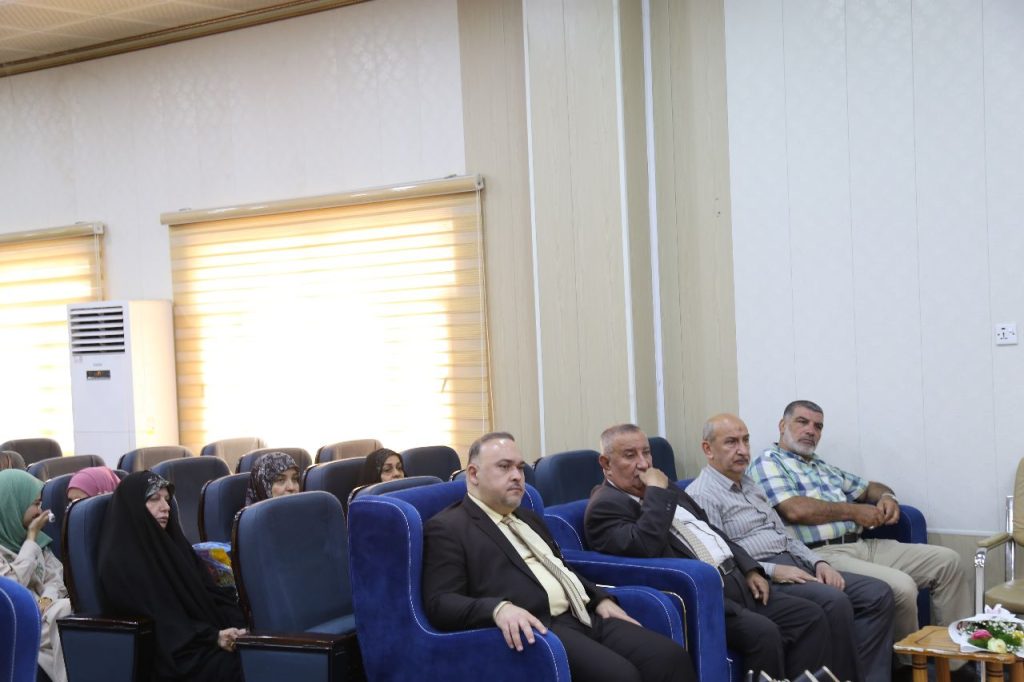The Experiences of selected countries with reference to Iraq
Submitted By
Lamyaa Saad Jawad Huby
To the Council of the College of Administration and Economics,
University of Karbala, which is part of the requirements for
obtaining a Master’s degree in Economic Sciences
Supervising by
Prof . DR .
Safaa Abd AL Jabar Ali AL- Mosawi
ABSTRACT
The economic world is facing rapid developments and changes sweeping all countries and in all economic, political, social and other fields, and among these developments is electronic money, but this money in its various forms and forms raises many economic issues, especially cash, so the problem This research is to find out whether electronic money has a role in monetary policy, and whether this role is positive or negative, and how it can be overcome, and what are the ways to address it, and that the research stems from the hypothesis that since electronic money is the development of traditional forms of money, and since this money does not It is subject to the same conditions as conventional money and thus can affect the money supply and the effectiveness of monetary policy.
The aim of the research is to identify electronic money, its advantages and disadvantages, in addition to its characteristics and risks, identify its indicators, and then measure and analyze its relationship to monetary policy.
This research included a sample of three countries (Saudi Arabia, Egypt, and Iraq), and the study period was (2007-2021) for both Saudi Arabia and Egypt. As for Iraq, it was (2017-2021), because the experience is new, and The effect of the relationship between electronic money and monetary policy was measured using the Autoregressive Distributed Lagging Time (ARDL) model.
The results of the research concluded that there is no essential role for electronic money in monetary policy, as the effect of electronic money is partial and relative in monetary policy and is in the process of growing. Such as automated teller machines (ATMs) and points of sale (POS), and in order to avoid the risks that result from electronic money and reduce the size of financial losses, it is preferable for the central bank to issue electronic money, which helps in better controlling the performance of monetary policy.

































































